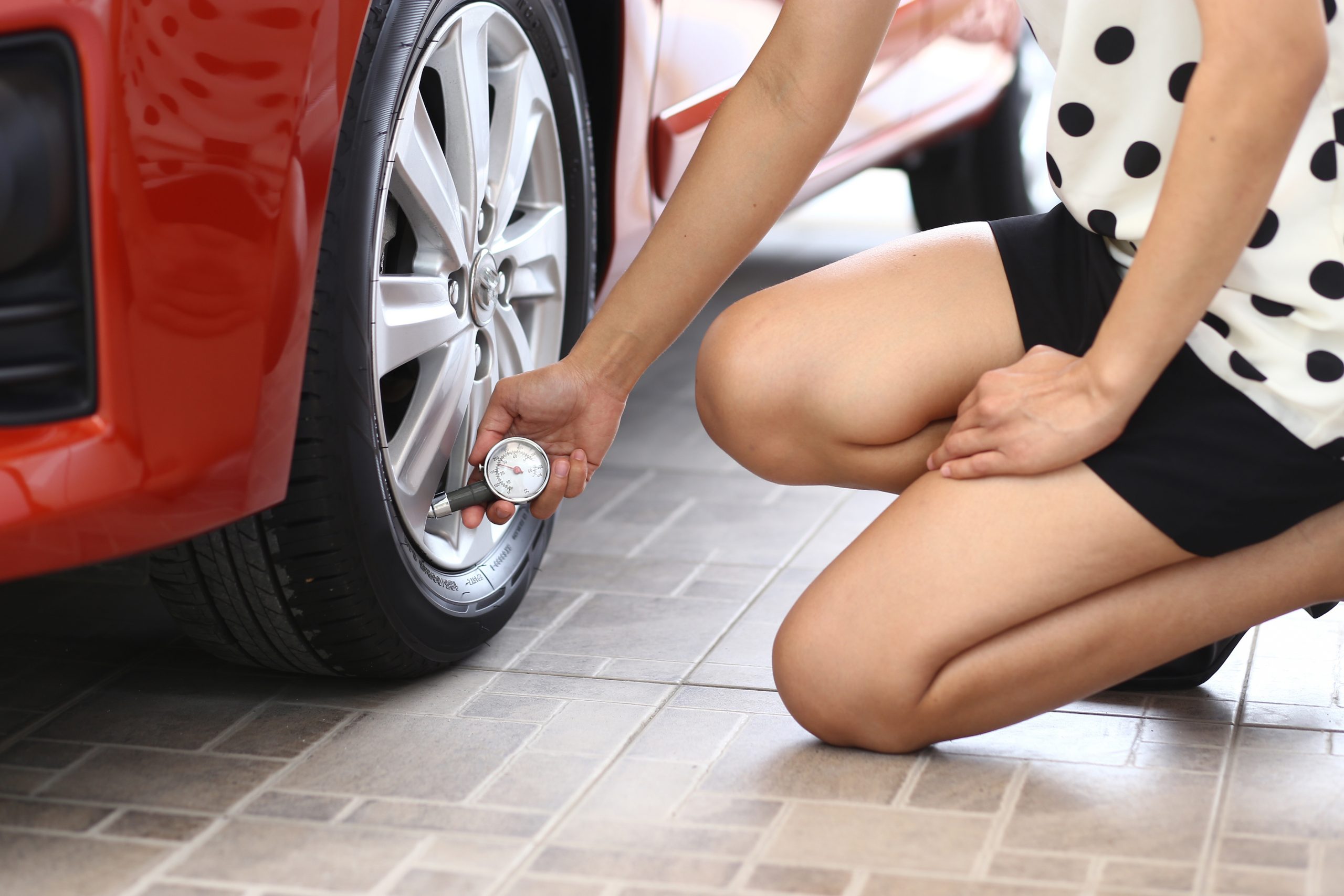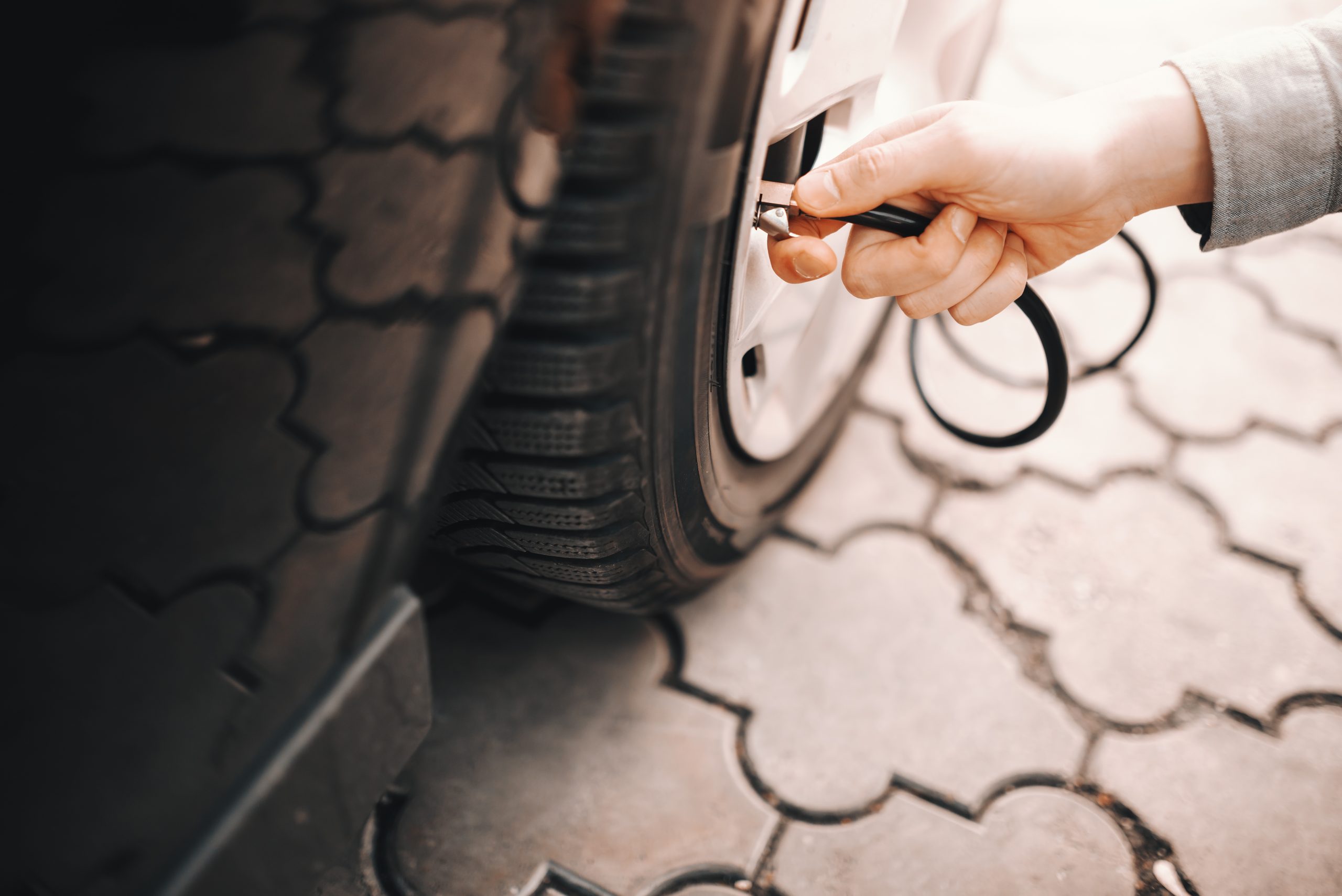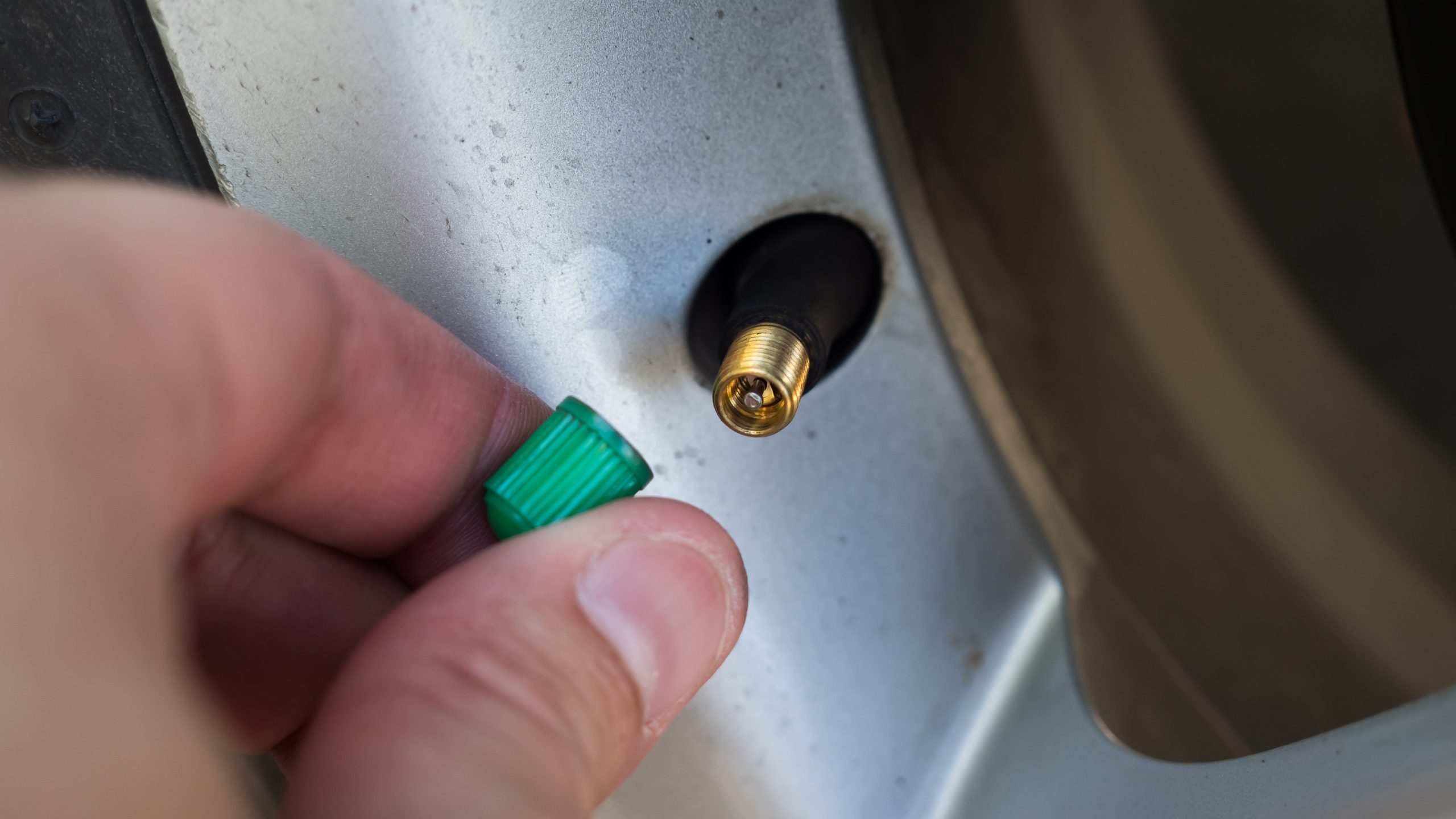Car DIY Tips: Inflate Car Tires Yourself
Posted on July 25, 2022

Properly inflated car tires are one of the ways you can reduce the chances of uneven tire wear, which can cost you extra in the long run. More seriously, car tires that are over or under inflated can make driving dangerous and/or make inclement weather driving even more treacherous.

Now-a-days the majority of vehicles come with tire pressure sensors - so step one of knowing when to inflate your tires has never been easier. Filling air in the car tires is a simple task that everyone who drives their car should know how to do. It can be done at most gas stations and even potentially at home (or on the go with the right equipment). For those of you who don’t yet know or who need a refresher - the following article will outline the basics of inflating tires, including how to check the car tire pressures as well as the nitrogen versus air debate.

How do I fill air in my car tires at home?
The short answer is: with an air compressor (detailed directions to follow in the next section).
Now don’t be discouraged, we aren’t necessarily talking about a full sized air compressor such as one that would be used with all types of air tools - although if you already have one of these, you can definitely use it to inflate your tires. There are small, portable air compressors made specifically to pump air in your tires (some even coming with little repair kits too). You can find them anywhere you purchase tools for around $20-$50. The best ones to consider are those that can plug into your vehicle so you do not need to worry about a power source if you are not within reach of a plug.
Once you decide on your preferred air compressor/tire inflator - you should follow the instructions that come in the manual for the most specific direction.
How do you fill a car tire without an air compressor? Well, at the gas station of course!
How do you fill air in a car tire at a gas station? The instructions are essentially the same whether you are filling tires with your own compressor or at the gas station:

How to fill your car tires with air:
Step 1: Know what pressure your car tires should be at. There is a sticker located in the driver’s door jam that provides the tire pressure requirement - you can also consult your manual
Step 2: If at the gas station, make sure you are parked close enough to the pump so the hose will reach each of your four tires. If you are using a portable car tire inflator, plug the compressor into the port and pass it through one of the front doors
Step 3: Remove the valve stem cover from each of your tires. These are the little nubs that stick out of your rims - the covers twist off counterclockwise.
Step 4: Use your gauge to check the air pressure of each tire. If you have a portable inflator, this will have a gauge incorporated. While the gas station hose too will have a gauge, many coin operated machines have inaccurate readings and thus you may want to have your own to use. Your vehicle’s tire pressure sensors may provide the PSI readings through your console - if this is the case, you can skip this step (or use a gauge anyways to verify accuracy). If at the gas station, you can now feed the coin operated compressor
Step 5: On the tires where the pressure is lower than the recommended PSI, begin adding air with the hose by connecting it to the valve stem. Stop periodically to verify the PSI and ensure you are not overinflating. In the case you do overinflate, you can release some of the air very slowly from the tire by pressing on the little pin inside the valve stem (your gauge should have a thin metal prod or you can use a screwdriver or any other blunt tool)
Step 6: Replace the car tire valve caps
The majority of tires are filled with air - however it is becoming more common to hear of inflating tires with nitrogen. If your valve stem caps are green, it means your tires came originally filled with nitrogen. It is very important to note that air is mostly comprised of nitrogen and that even if your vehicle has previously been filled with nitrogen, you can still use air to inflate your tires. The PSI is the same regardless.

If you are wondering why there is an option to fill car tires with nitrogen instead of air, the two main reasons are: (1) nitrogen escapes more slowly - meaning it will take longer for your tires to naturally lower in PSI, requiring less frequent trips to fill your tires and (2) nitrogen is less impacted by temperature changes and therefore the PSI will remain more stable. These two factors can reduce tire wear because your tires are more likely to remain properly inflated. However, the cost and inconvenience of nitrogen filled tires instead of air for most people is not worth the minimal savings of not needing to check/fill your tire pressure as often.
If you want to get your car tires inspected by professional and certified car service & repair experts then visit www.carhub.ca/service to book an appointment.
-Author Bio-
Sharon Pinfold has been in the automotive industry since 2005. She has worked in the Service Department, Leasing Department and as a New/Used Car Sales Person for domestic, foreign and luxury brands. Most recently, she worked for an Agency that provided digital advertising and website solutions to the automotive sector.

